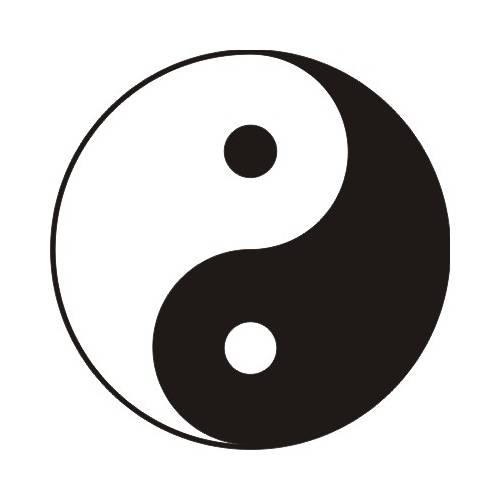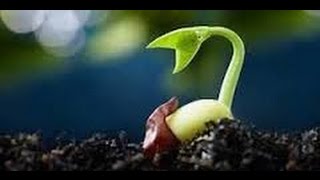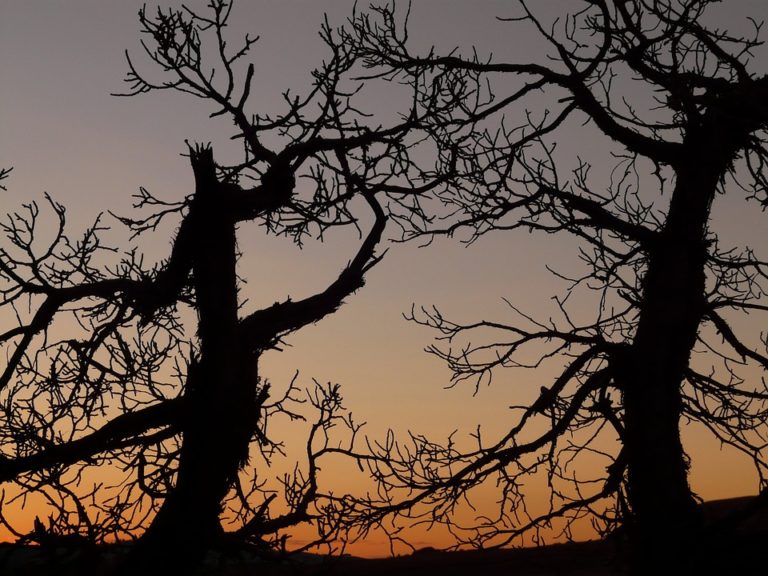Yin and Yang energies are very different in aspect, outlook, and appearance. Yet they come from the same parentage, namely, Source. Although we often think they are separate and function in completely different ways, the truth is that there is some Yang in Yin and some Yin in Yang. Each of these opposing yet complementary energies needs the other to operate at their highest potential. Balancing the two energies is one of our important life quests in order to function at our highest and best health.

Balancing yin and yang isn’t the act of maintaining an equal and static position like measuring gold with weights to determine the exact value of the valuable metal. Yin/Yang balance is a constantly fluctuating equilibrium as we are faced with the challenges and joys of human life. In some life situations, we might wish to use more Yin energies to manage what is before us. Likewise, another situation might best be served by utilizing more Yang energies.
Yin and Yang have often been described through observations of polarities, e.g., night and day; cold and warm; wet and dry; inward and outward; soft and hard. In the traditional Chinese symbol, Yin is represented by the black side with the white dot in it, and Yang is represented by the white side with the black dot in it. The small dots of opposing color illustrate the concept that some Yang can be found in yin and vice versa.

The relationship between Yin and Yang has been described in terms of sunlight playing over a mountain and a valley. Yin, or the shady space, is the dark area obscured by the mountain’s bulk, while Yang, or the sunny place, is the bright, easily seen portion. Interestingly, as the sun moves across the sky, Yin and Yang gradually trade places with each other, revealing what had been obscured and masking what had previously been revealed. Thus Yin and Yang represent opposite, equal, and complementary qualities. Further, whenever one quality reaches its peak, it will naturally begin to transform into the opposite quality. Like an undertow in the ocean, Yin and Yang transform into each other like waves coming into the shore and then retreating, only to rise and fall over and over again.
What are the individual features of Yin and Yang? Below is a chart that illustrates some of the opposite/complementary characteristics of each of these energies.
| YIN | YANG |
| Water Moon Cold Dark Night Autumn and Winter Receptive, introspective Inward directed Deep Solid Internal Creative Flow up from the Earth Associated with “feminine” qualities | Fire Sun Heat Day Light Spring and Summer Active, Assertive Outward directed Superficial Hollow Surface Logical Flow down from the Heavens Associated with “masculine” qualities |
Beware of thinking of the above features as absolutes. Nothing in the universe or in life is simply black or white. Each exists in the other and each needs the other in order to exist. Remember that both energies are transforming into each other as well, so while they appear to be polar opposites they cycle from one aspect of the duality to the other aspect constantly.
Historically there has been some use of the “feminine” and “masculine” aspects of Yin and Yang to justify a pecking order, namely that Yang energies trump Yin energies. Thus we have seen women considered inferior to men and barred from taking positions of leadership. Nothing could be farther than the truth. This is why the chart lists the associated gender qualities last. Although there is some relationship to gender, it is very subtle and not meant to be pejorative or restrictive. Jared Osborne, a Men’s Coach, QiGong Teacher, and Transformational Psychotherapist, has this to say:
… “Quite often men are described as Yang and women as Yin. This can be true when compared to each other. But it depends on what you’re comparing – and even when. For example, physical characteristics: height, strength, hardness, and an outwards focus are all things we can ascribe as Yang and (generally) ascribe to a man as compared to a woman. However, emotionally, who is more Yin and Yang? I’d contend a woman is more Yang emotionally than a man: stronger, seen, outwards. Man tends to be a more inwards, hidden, passive emotionally.”
It is interesting to look at the various facets of our lives in the context of Yin and Yang. When might a more Yin approach be more productive and where might a Yang approach be more useful? If we have a colleague, friend, or family member who is undergoing a difficult life transition, would it be most helpful to offer reflective, introspective comments or superficial, assertive declarations in our conversations? When a meeting is scheduled for a yearly performance review, would it be better to actively state our accomplishments or to quietly wait for the reviewer to notice what we have achieved? In our current political climate, we can see how Yin and Yang energies play out and can imagine how a different tack might change the dynamics.

The natural world around us also reflects the concepts of Yin and Yang. It makes sense that spring is a Yang season. It is a time of growth – seeds are beginning to burst from their opened husks, sending shoots from under the earth and up towards the sun. Leaves unfurl; birds lay eggs; animals wake from hibernation and breed and give birth; and the planet grows green with vibrancy and expansion – all qualities of Yang energy. The summer then celebrates the expansion of Yang energies into the most sumptuous and extravagant design! We humans feel alive and enlarged and we are motivated to move our bodies actively at the beach, in the mountains, at parties, in joyful groups mingling and socializing. We feel expansive and want to make the most of this very Yang period!
Suddenly summer ends and we find ourselves moving into the Yin season of autumn. This abrupt change into the energies of contracting and harvesting of what has grown during the spring and summer can feel harsh and restrictive by contrast. Although we are reaping the benefits of summer’s bounty, there is a melancholy that may overcome us when we realize that we are entering a colder, more introspective period of the year. And yet, there is now a chance for us to rest and review what we have learned through the riotous boom time of the past season. What worked and what needs to be changed? What no longer serves us and how can we shed inoperable ways of functioning?

Winter deepens our desire to go within and delve into the depths of ourselves. Because we have acclimated to the Yin forces throughout the autumn, we are able to turn ourselves to the creative side of Yin introspection. Thoughts swirl in our minds as the winds outside do likewise. Ideas begin to surface, new ways to approach old issues arise, and hope begins to sprout. We may begin planning our literal physical gardens for the coming Yang spring season as well as the metaphoric gardens of new careers, new adventures, or new relationships.
Knowing that the seasons blend from one to the other can help us to understand the partnership that Yin and Yang play in our lives. In a very real way it is hard to separate the two energies from one another because they are different sides of one whole. Each would not function well without the other, precisely because they are constantly transforming into the other. We need both to be fully functioning and healthy in the daily balancing of our bodies, emotions, thoughts, vitality, and relationships. Yin and Yang.


